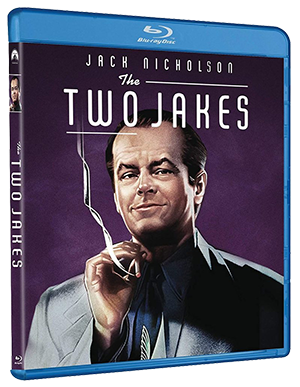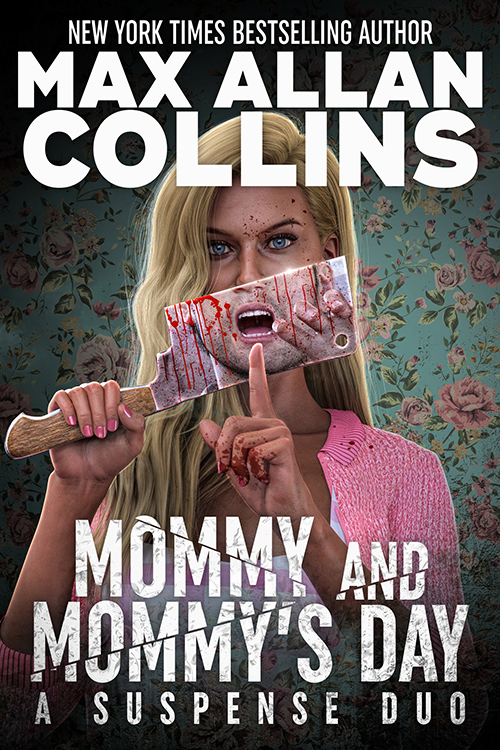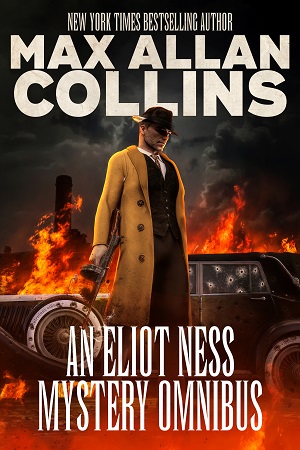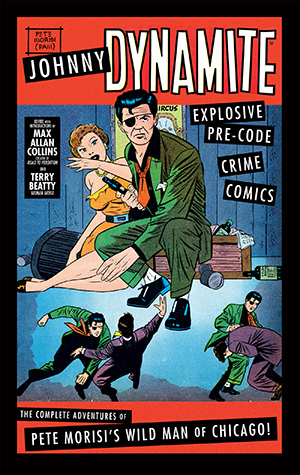In previous updates, I’ve mentioned that I am currently working with two publishers who are primarily e-book-oriented. One is Wolfpack, where I’ve just sent in my first original novel (co-written with my longtime collaborator Matt Clemens). I am not ready to reveal the title or the genre as yet, but I will say we’ve committed to at least three entries in this new series, and that I’m very pleased and excited with/by this first entry.
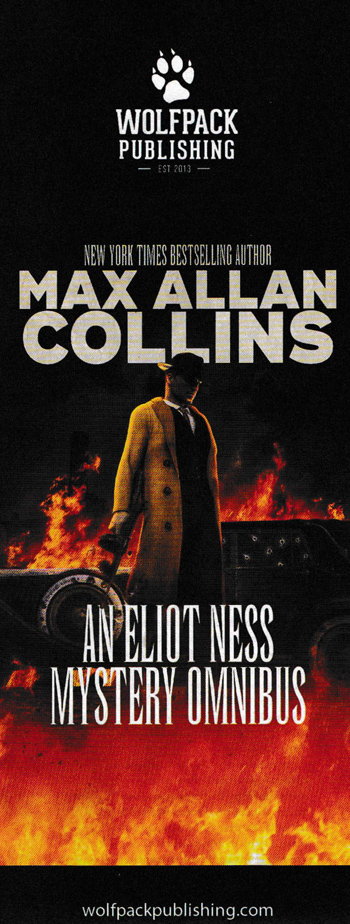
Wolfpack continues to be incredibly supportive. Take a gander at this ad that ran in Publisher’s Weekly for their first publication of my work – The Eliot Ness Mystery Omnibus, which collects the four Ness-in-Cleveland novels. For those of you with Kindles, you can get this omnibus – all four novels – for $2.99 (free for Prime Unlimited members).
Those of who you have already read these and own them in some other form are encouraged to write reviews of the omnibus, which as of now has only a single, lonely review. And Do No Harm, Girl Can’t Help It, Masquerade for Murder, Antiques Fire Sale and Hot Lead, Cold Justice have all kind of stalled out on the review front, so if you haven’t got around to posting yours, doing so would be appreciated.
The other e-book project I’m working on is for a new company that got a splashy welcome fromThe Hollywood Reporter (among others).
I am not ready to reveal what the Neotext project is, other than to say it’s a new detective series with a female lead and that I’m doing three novellas (30,000 words each) about the character. Okay, here’s a few more tidbits – it’s set during World War II, and it will be illustrated by a terrific Hard Case Crime artist, providing not just a cover but one painting per each chapter (ten per novella).
Initially these novellas will be published as e-books, one at a time, with an eye on later collecting them in physical book form. But so far Neotext itself is strictly an e-book publisher.
I am starting work this week on the second novella for Neotext. And Matt and I are meeting, via Zoom, to plot the second novel for Wolfpack. Both publishers have me creating new series, although Wolfpack is also publishing back list (including short story collections) and are up for me continuing existing series…in fact, have signed me to continue both Krista Larson and Reeder & Rogers.
This brings me to the non-promotional (at least not overtly so) portion of this update.
A question I am frequently asked is what my work schedule is – “What’s your typical day?”
In a way, I don’t have a typical day. Each morning does begin about the same, with the usual rising groggily, throwing down a handful of pills, scarfing down a mini-donut or two, guzzling some sparkling juice, and spending half an hour or so in my recliner watching Morning Joe (I’m a liberal – get over it).
Barb, in her neighboring recliner, always says, “Tell me about your day in the greatest of detail.” And I share my best-laid plans before the day proceeds to do whatever the hell it feels like.
When I am bunkered in writing a novel, which is most of the time, I attempt to write in the morning with lunch arriving no earlier than 11 a.m. and no later than noon. We used to go out for it, but now we rustle up our own (yes, I help in the kitchen, though my efforts are somewhat pathetic). When lunch happens depends on how my writing is going and, of course, how Barb’s writing is going. Barb has to get her writing done in the morning, as she is providing Day Care for our two grandkids a few houses up the street from one p.m. till shortly after five. I write all afternoon.
But fulltime freelance writing is a small business and both of us have to deal with business stuff as well as feed our muses – Barb in particular handles the financial side of things. But I have editors and agents and collaborators to deal with, and when galley proofs arrive I generally have to set my work schedule aside and deal with that aspect of things.
Between novels I do my best to attend to smaller projects, like short stories and the intros to the IDW Dick Tracy collections. I also always clean my office, which deteriorates to disaster-level proportions as a novel progresses – scattered research volumes, wadded-up paper on the floor, discarded drafts of pages and even chapters, and so on.
Also intruding on the actual writing are the requests for interviews, which I mostly try to handle via e-mail, but which sometimes require the phone or Skype or Zoom. These updates are written either Sunday evening, late, or first thing Monday. The longer ones sometime drain my energy to the point that no other significant writing gets done that day.
My pattern has changed radically over the years. As some of you may recall, for much of my professional life I was a night person who did most of his writing starting around midnight, going to bed at eight or nine a.m. and sleeping till noon. I had enormous energy as a younger person, needing little sleep; most nights I wrote a finished chapter, including long ones like those in a Nate Heller novel. But when we did the Mommy movies, and I had to rise at six a.m. or so – the director has to be first on the set and last to leave – my inner clock got changed. Ever since, I’ve rarely risen any later than eight a.m. or so. Now, as an old man (goddamnit!), I sometimes wake as early as six a.m.
And I hate it.
On such mornings, I start writing early, even before Barb gets up. So there are factors that come in, as you may have already noticed, that mean there is no really typical day.
On the other hand, sheltering in place for the corona virus has made one day seem much like another. Oddly, for Barb and me, time is passing more quickly, which seems like the opposite of what you’d expect.
The Quarry series was selected by Crime Reads as one of ten most binge-worthy series of the 1970s, which is a nice honor. In the comments, I corrected the assumption that the Memphis setting of the TV series is the same as the books.
Here is the opening sentence of a patronizing review of the Johnny Dynamite collection: “The opening introduction by writer Max Allan Collins is more a biographical essay about writer Frank Morrison Spillane (alias Micky Spillane) and writer/artist Pete Morisi. Not to mention it is excessively long. (Then again the title of this collection is also excessively long.) Though Collins’s introduction should please those wanting more knowledge about the subjects’ lives and/or the early comic book industry. While the introduction by artist Terry Beatty is of reasonable length it has one or two sentences that are a little clunky.”
I have a few thoughts to share. First, what other kind of introduction is there but an “opening” one? Second, if you’re going to be dismissive about Mickey Spillane’s role in this collection, at least spell his name right (not “Micky”). If you’re going to accuse my co-editor of writing a “clunky” sentence, perhaps you should learn to write in complete sentences yourself. Do you wonder why reviews like this irritate me?
On the other hand, here is Ed Catto’s terrific (and well-written) review of that same book, interspersed with quotes from an interview I gave Ed.
Here’s a brief, positive review of Eliot Ness and the Mad Butcher – the non-fiction follow-up to Scarface and the Untouchable by A. Brad Schwartz and myself that will be published…next week!
Finally, the “lost gem” that is my single Batman comic strip continuity (with the late great Marshal Rogers) is discussed here.
M.A.C.
